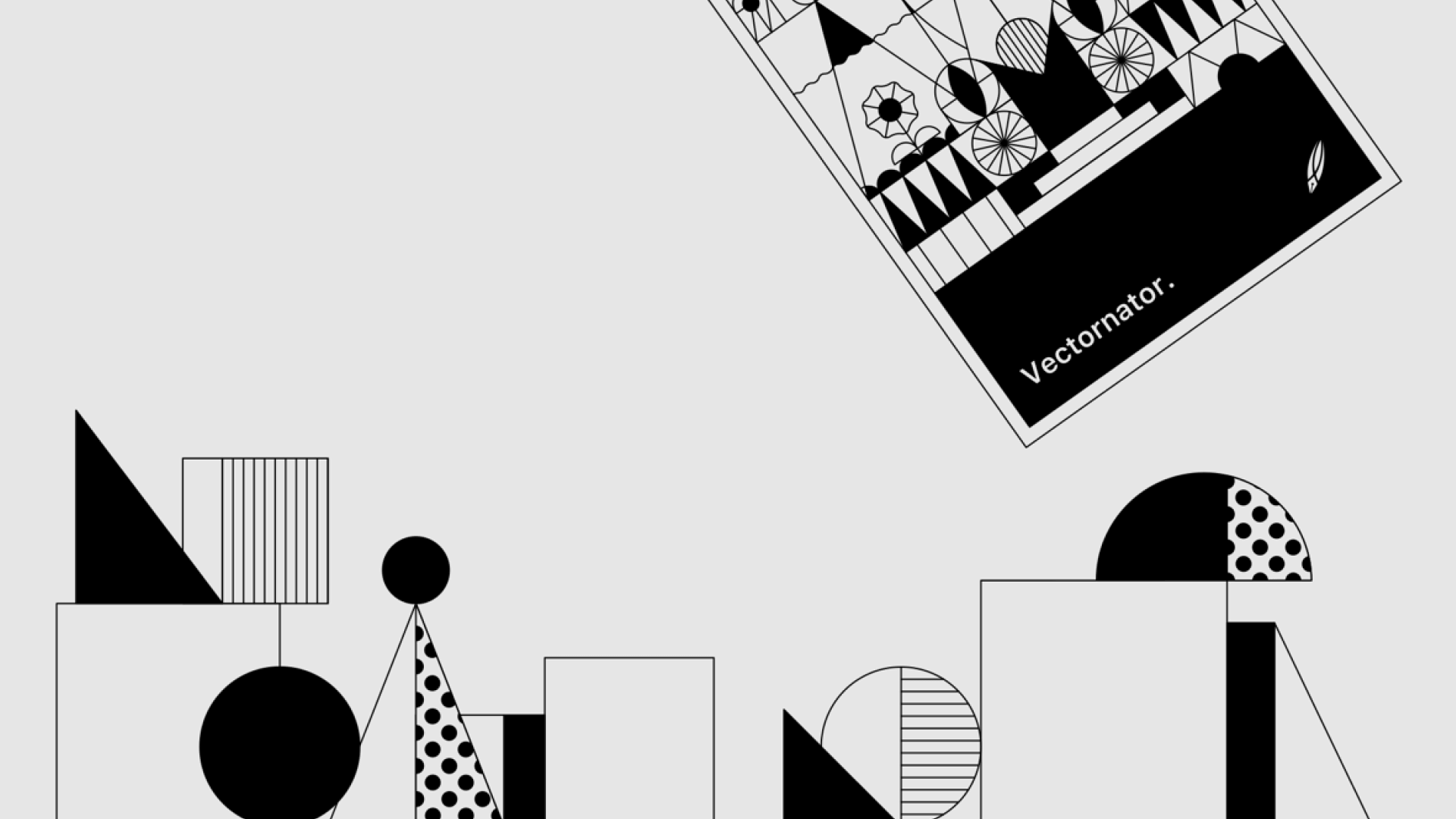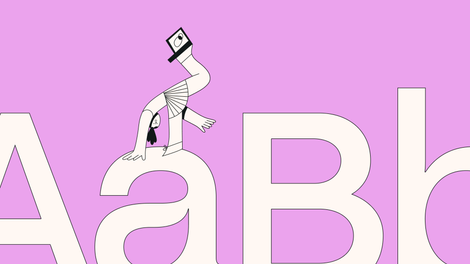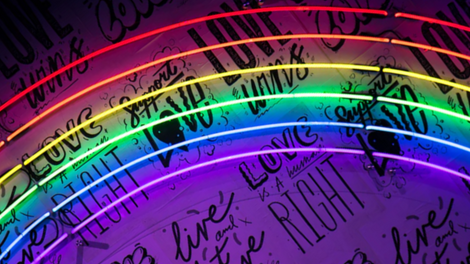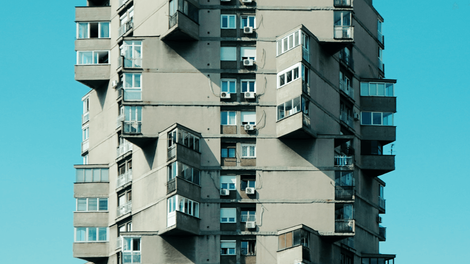The world of illustration and graphic design is constantly evolving. New trends are emerging every week and month.
Illustrations are often less complex (or so they seem) than other forms of graphic design. They offer the power to communicate a message effectively in a visual language that users are already familiar with. With the current digital age in mind, it's no surprise that often simpler illustrations are sought out and are a much needed visual break in comparison to the overloaded, loud designs all around us.
We’ve already talked about the emerging trends for UI interface designs and general design trends. Now it’s time to explore which illustration trends are making an impact on designs for this year and will continue to do so into the future as well. Get ready to be inspired and hopefully get a few ideas on how to make you next design stand out.
Jumpstart your ideas with Linearity Curve
Take your designs to the next level.
1. Flat colors paired with a limited color palette

As we mentioned earlier about being surrounded by loud designs, this trend continues to remain relevant in the current year and perhaps will stay relevant well into the next couple years. Designers collectively seemed to have agreed that “less is more” and you can’t deny the beauty of this theory.
The result is a minimal design that fits well with the overall UI and communicates all the visual information to the viewer in the least amount of effort. Not to mention that these designs also look more polished and sophisticated in the end!
2. Geometric elements

Much like the Golden Ratio, the beauty of a design can often be seen in where its art intersects with pure mathematics. Another success story of this marriage are geometric elements in illustrations. These elements when used in the form of geometric patterns and shapes, appear natural and pleasing to the eye regardless of the complexity of a design (or lack thereof).
When you’re looking at new apps or perhaps even designing one, look to see where geometric shapes fit in your designs and could be capitalized upon in illustrations.
3. Line art

Line art is very bare in its composition, but very expressive in its message when done right. This very simplified style of illustration appears clean and can give an elegant appeal to your work. With the growing presence of minimalist designs, it's not hard to see why this trend is one to watch out for.
Effortlessly Convert Images with Auto Trace
Learn to transform images into vector graphics seamlessly with Linearity Curve’s auto-trace feature. Our tutorial simplifies this process for designers of all skill levels.
Not to mention, from a practical standpoint, it is also more affordable when considering printed work.
4. 3D illustrations

Now your illustrations must also consider their volume and weight. Paired with geometric elements, this extra dimension in your work is sure to open up exciting new possibilities for designs. You’ll already notice this trend being incorporated in the UI of some popular applications and most notably gaming products.
5. Isometric illustrations

These illustrations can be easily understood as representing 3D objects on a 2D plane; also known as faux 3D.
They’re useful for representing a lot of information visually and getting your viewers attention to where it should be.
6. 3D surrealism and animation
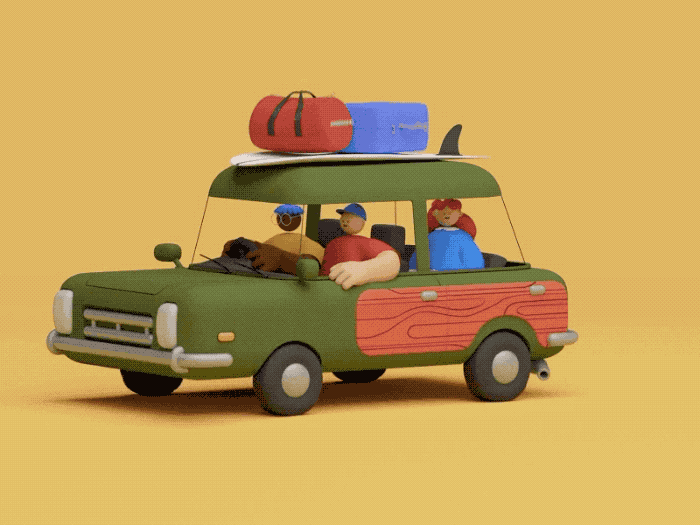
The lines between illustrations and animation continue to blur and you’ll notice a progression towards interactive illustrations taking place. In the economy of attention, the one who commands their viewer’s attention is king and animation is a sure fire way to do that.
Transform Your Ideas into Animations
Dive into the world of animation with Linearity Move. Perfect for beginners and professionals alike, our course guides you through creating stunning animations for any purpose.
Some designers are getting bold and taking this trend further into the surreal, taking inspiration from art legends like Salvador Dali in exploring their out-of-the-box ideas. The reaction is bound to be polarizing, but one thing is for sure: you’re not going to forget these designs easily!
7. Broken proportions

You’ve likely seen this trend incorporated in a lot of modern art pieces. However, this year it really cemented itself as a mainstay of the design world, with brands desiring such a modern infusion in their visual communications. Often represented via abstract characters, this trend isn’t easy to pull off but offers great potential in its modern, edgy appeal. Look for it as more and more brands try to break the clutter with their visuals.
8. Primitivism

This is another trend you’ve likely already seen but weren’t aware of.
Heck, even Buzzfeed has often used this trend in their community-based articles. It’s new, modern, has an inherent youth appeal to it and has gained popularity quickly.
9. Textures

Illustrations don’t always have to reflect reality per se. But certain elements do add a sense of familiarity for the viewer. One such element is textures.
With the increasing availability of design tools that allow for the addition of different textures, many artists have wholeheartedly embraced both realistic and experimental textures in their works.
While the above pointers are all ones to keep your eye on, it is also important to remember that trends can be fleeting or become a mainstay without any prior indication. What is crucial is to understand their application in any particular design work and which trends will work best in communicating your central idea.
It may happen that you end up barely using any of these trends in your works. Because in the end, your main objective is not to look cool and edgy with the newest design trend, it is to efficiently communicate a core idea to your viewer. Focus on your main objective, and the design trend you incorporate will become clear itself!
Jumpstart your ideas with Linearity Curve
Take your designs to the next level.
Cover Image by Sorin Gheorghita, edited in Vectornator.
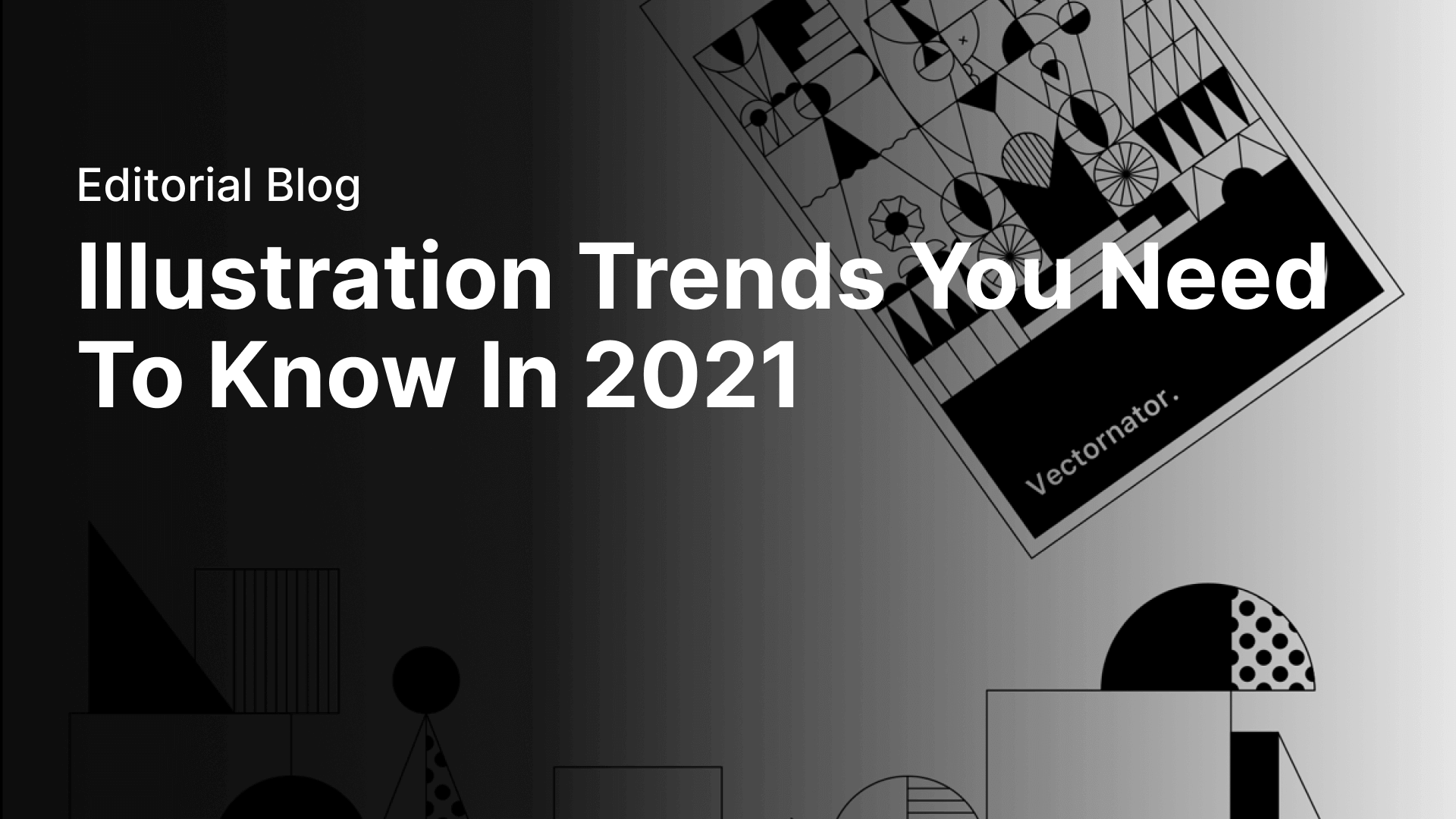
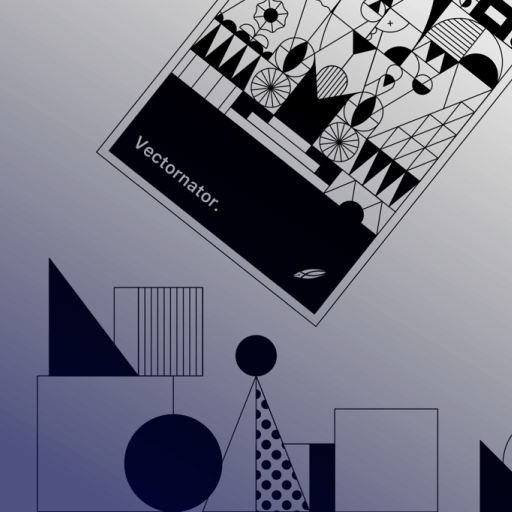
Share this!
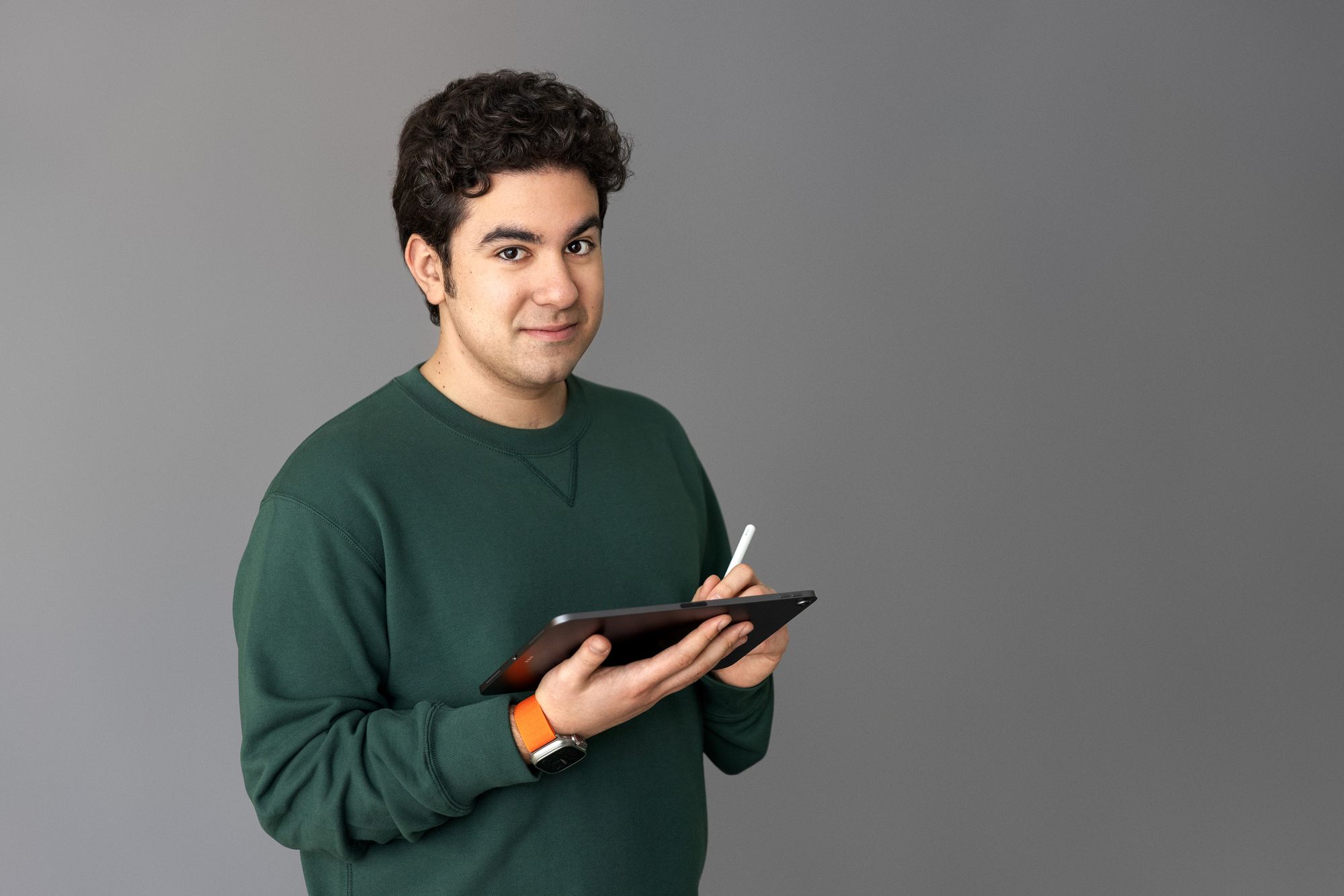

:quality(75))
:quality(75))



:quality(75))
